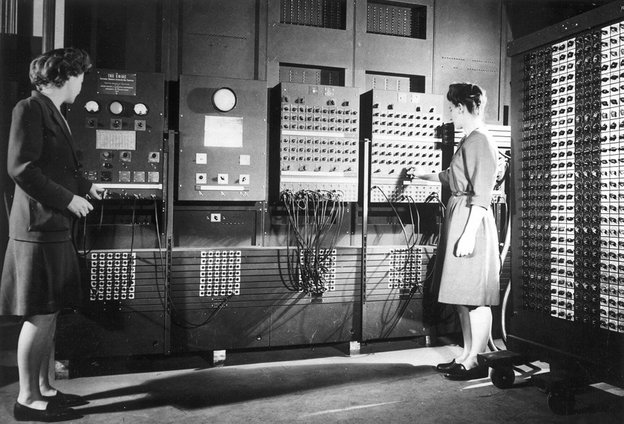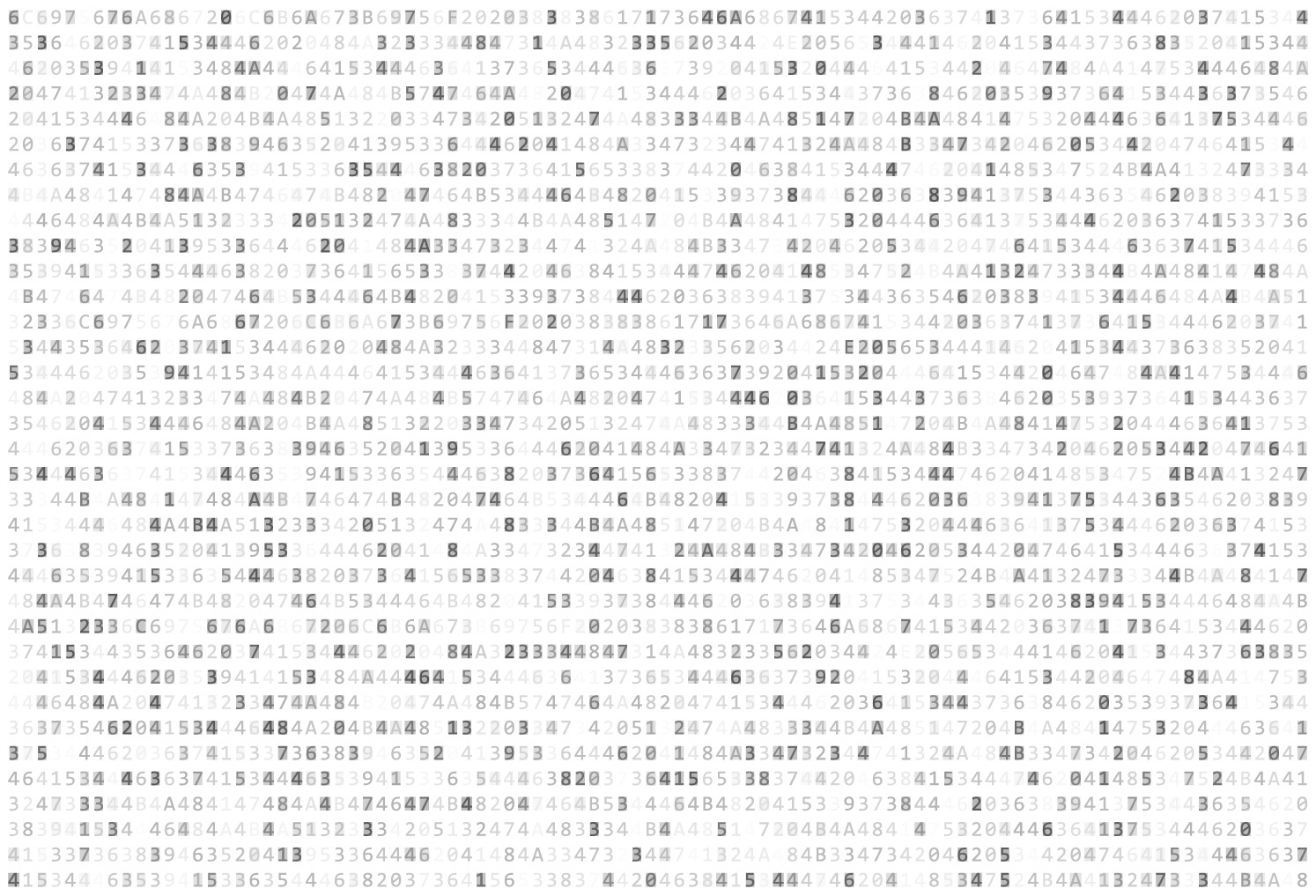You might think computer programming as we know it was started with a clunky computer and room full of men, but the truth is far more interesting. A new book by Walter Issacson, The Innovators: How a Group of Hackers, Geniuses and Geeks Created the Digital Revolution, reveals the incredible women who helped pioneer the computer programming industry as we know it.
In 1815, a young 17-year-old woman by the name of Ada Lovelace walked into a London salon to meet with Charles Babbage. Babbage had requested that the Countess of Lovelace, as she was also known, meet him in order to discuss the mechanics of new machine he had designed – what many might recognize as early plans for a computer. He hoped that the machine would be able to do complex mathematic equations. What Ada imagined, however, was far greater than what Babbage himself had planned.
Writing for a scholarly journal, Ada envisioned that such a machine could do anything which had a series of logically noted steps – pictures, music, words and countless other things which could all be implemented through Babbage’s machine. Unbeknownst to Ada, her article provided the first conceptualization of modern computer programming.
Babbage’s machine was never built – but Ada’s vision was never forgotten. Both Baggage and Ada’s notes were read by the people who created the first computer almost one century later, and the computer language ADA was named after her ground-breaking work

Countess Ada Lovelace, who first imagined computer programming in 1815: over 100 years before the invention of the first computer
In 1945, more women became prominent computer programmers – though once again they became largely forgotten by history. Jean Jennings Bartik was one such programmer, who had been working on rocket and canon trajectories by hand in 1945 when a new job became available. “Of course, I had no idea what it was,” she said as part of a talk at the Computer History Museum, “but I knew it wasn’t doing hand calculation.”
Jean and six other female mathematicians created programs for the world’s first operational computer. While the men were interested in the machinery and the hardware, computer programming was not considered an important task. At the time, women with mathematics majors were fairly common, and so the apparently unwanted job fell to them.
The night before the computer’s very first unveiling, the machine wasn’t operational. Jean and her team stayed well into the night, ensuring it was fully functional by morning. After the presentation, the men all went out to celebrate. “They all went out to dinner at the announcement,” she says. “We weren’t invited and there we were. People never recognized, they never acted as though we knew what we were doing. I mean, we were in a lot of pictures.”

Jean Jennings (left) and Frances Bilas set up the ENIAC in 1946. Bilas is arranging the program settings on the Master Programmer. Image via npr.org
Grace Hopper was another pioneering woman in the computer programming industry – whose merit was considered so important Congress had to pass a special Act in order to allow her to continue working past the mandatory military retirement age. Grace invented the first compiler (which translates computer languages), popularized the idea of a programming language which could be completely machine-independent, and is credited for coining the term “de-bugging” for fixing computer glitches (which she says was inspired by removing an actual moth from the innards of a computer). It is no wonder she is often referred to as Amazing Grace. She was even interviewed by Letterman on the Late Show in 1986, who called her the Queen of Software. Perhaps one the most telling moments is when Letterman asks: “How did you know about computers then?”
“I didn’t,” she replies. “It was the first one.”
It is this kind of approach that makes each of these women – and many others – so remarkable. Given what were deemed the unwanted, unimportant jobs, each of these women made enormous contributions to modern computer programming. They innovated, created, conceptualized and pragmatized; until the writings of a young women in 1815 became the booming industry we know today.
And perhaps their stories will inspire a new generation of young women to take up coding and programming – indeed, the industry now only consists of 17% of women. We need more young girls, more women, inspired to pursue mathematics and computer skills – just think of what they’ll be capable of.
Above: Watch Grace Hopper’s wonderfully witty interview on Letterman.
This story was originally published on www.npr.org, covered by Laura Sydell.
View more stories about inspiring young female mathematicians and coders on Calculate, including: The first female to be awarded a Fields Medal; Girls performance over the world; and the wonderfully named Robogals.



